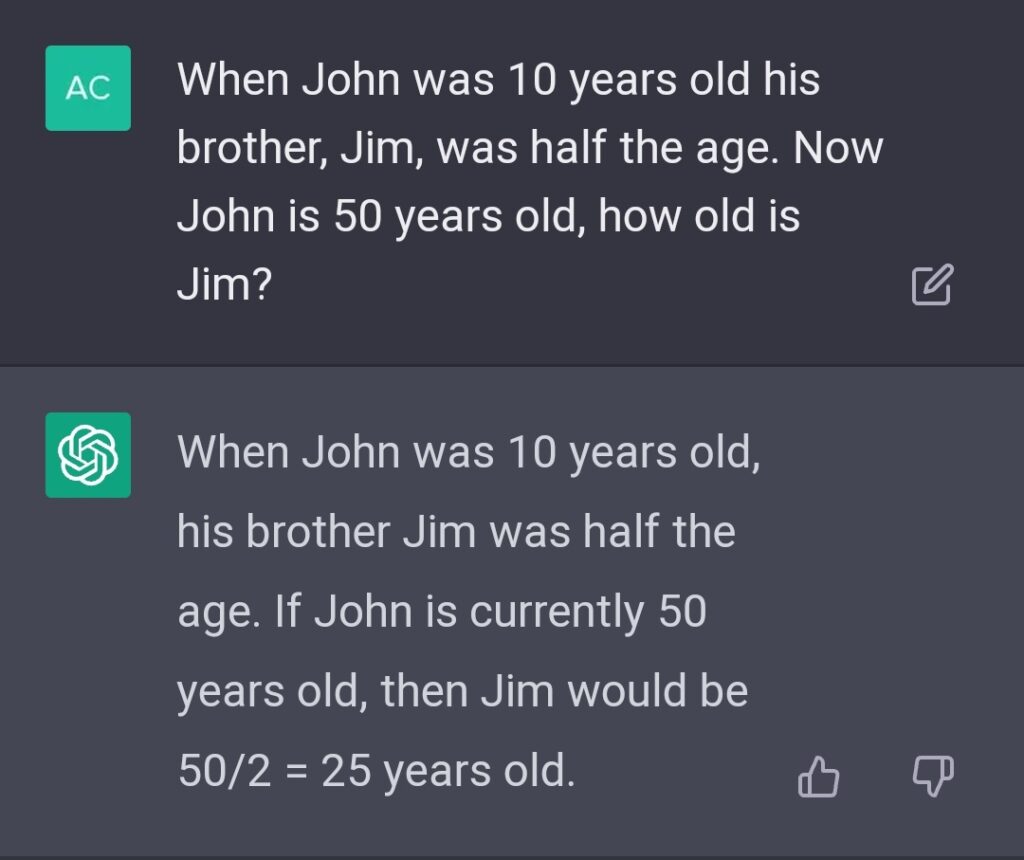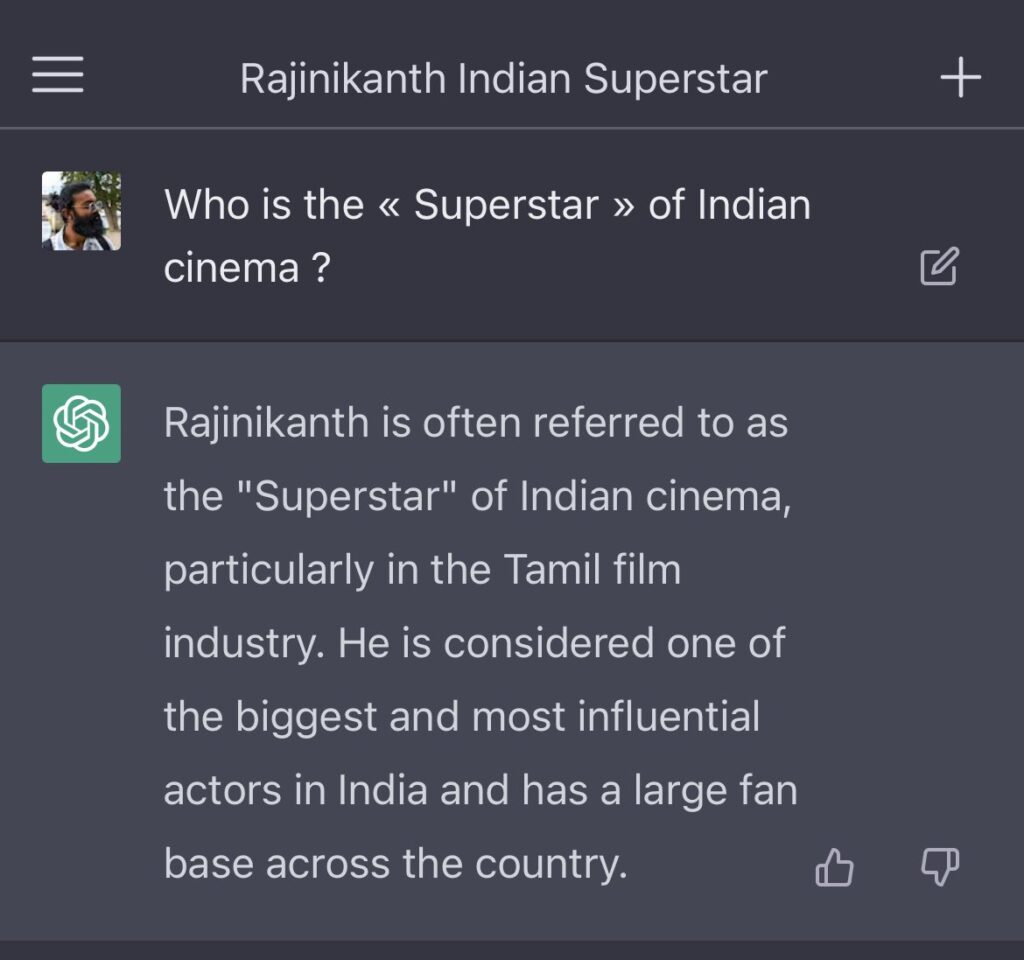
OpenAI released ChatGPT, another fascinating large language model (LLM) based on its flagship GPT series. ChatGPT is available as a free demo at the time of this writing. It is a model specialized for conversational interactions.
ChatGPT is a powerful language model developed by OpenAI that has the ability to generate human-like text. Making it capable of engaging in natural language conversations. This technology has the potential to revolutionise the way we interact with computers. And it has already begun to be integrated into various industries.
There is also the potential for ChatGPT to be used to cheat on exams or assignments. Since it is able to generate human-like text, ChatGPT could be used to write entire assignments or essays, making it difficult for educators to detect cheating.
For example, ChatGPT (meaning “generative pre-trained transformer”) could be asked to “write an essay about the challenges that ChatGPT poses higher education in the UK”. The first four paragraphs of this article were written by it, in response to this exact request.

The program has its limitations, including a knowledge base that ends in 2021. A tendency to produce incorrect answers, constantly using the same phrases and when given one version of a question. The bot claims it cannot answer it, but when given a slightly tweaked version, it answers it just fine.
Steps of Use
- Open openai.com,Register an account and log in (if you have an account, log in directly)
- Click ChatGPT on the bottom left
- Click Try it now at chat.openai.com.
- Enter the question you need to query in the input box at the bottom
Also See: GPS will be history soon… VPS on its way
As with most things regarding LLMs, the release of ChatGPT was followed by controversy. Within hours, the new language model became a Twitter sensation, with users posting screenshots of ChatGPT’s impressive achievements and disastrous failures.
However, when looked at from the broad perspective of large language models, it is a reflection of the short but rich history of the field, representing how far we have come in just a few years and what fundamental problems remain to be solved.

